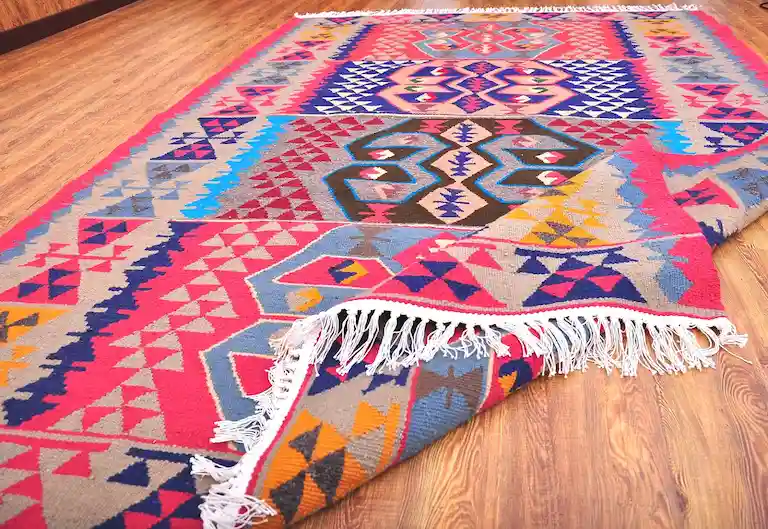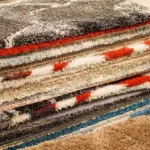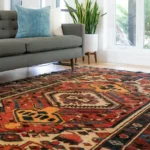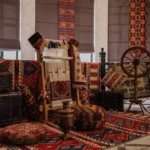Handwoven from indigenous tribes across Morocco’s Atlas Mountains, authentic Berber carpets intertwine cultural motifs with raw utilitarian durability. Through their designs and textures, Moroccan Berbers share ancestral identity passed down through generations.
History Behind the Moroccan Berber Rug
Derived from the Greek term “barbarian,” Berber describes the North African indigenous tribes predating Arab peoples across much of Morocco, Tunisia and Algeria. According to Olga’s Rug Blog, tribes traditionally wove flatweave wool rugs and blankets by hand not only for barefoot comfort but also as hosts to sleeping, childbirth and funeral rituals. Symbols and colors held deep cultural meaning. This folk art endured for necessity.
Only after 20th century political pressures toward assimilation did Berbers transition from nomads into urban factory jobs. With women leaving ancestral looms, genuine handmade Berber carpets nearly died out until government advocacy helped revive women’s traditional weaving cooperatives. This returned spotlights toward symbolic tribal textiles again being created by their intended culture.
Types of Moroccan Berber Rugs
Moroccan Berber rugs come categorized primarily by their region of origin:
- Beni Ourain – Revered for plush handspun wool featuring iconic white diamond or triangle motifs over black or brown
- Boucherouite – Recycled fabric remnants like scarves and dresses woven into patchwork utilitarian rugs
- Zaiane – Beni Ourain styles but in more subdued neutral palettes using undyed yarns
- Zemmour/Rif – Known for swirling shapes and patterning often integrating vibrant orange and yellow
- Chichaoua – Highly prized for intricate symmetrical layouts of ornate tribal symbols
Material and Texture
Most traditional Moroccan Berber rugs incorporate un-dyed handspun sheep’s wool for softness, insulation and durability under rugged outdoor living conditions. Flatwoven tight construction prevents stretching while still allowing for reversible flexibility. Loosely spun undyed wool creates nubby textures with subtle natural hue variations. Some inferior reproductions replace wool with less expensive cotton.
Weaving Techniques
Berber women traditionally weave carpets on vertical looms without patterns using techniques passed matrilineally mouth-to-ear for generations. Designs instead materialize intuitively row by row. This preserves each rug’s uniqueness. Some newer cooperatives do reference shared graph layouts. Rugs average 30-60 knots per square inch. Anything far exceeding that density likely suggests a commercial knockoff.
Designs and Patterns
Common motifs hold deep cultural meaning – such as the Berber signature diamond for womanhood, fertility and the goddess. Bold stripes represent roads traversed in tribal migrations. Equal numbers within patterns symbolize harmony and community. But exposures to Arab influences may integrate isolated floral and leaf elements as well. Diversity across groups allows for distinctive tribal identification.
With indigenous origins and handmade techniques still seen today, Moroccan Berber rugs weave cultural identity and heritage into functional floor artistry through their deliberate patterns and resilient wool textures in ways no imposter could reproduce.



